
A woman in the world of music – a conversation with Joanna Kwapień
An ethnomusicologist, before all, is a researcher, but also a photographer, an archivist, a sound specialist, a person in charge of the interview and arrangement. All that is connected to the role of a traveller. In our team we share these duties, so that everybody has their own role. We were able to do sound recordings, photography, filming and interviews at the same time and without any interruptions, which definitely facilitated our research.
Half a year ago, a research group from Wrocław and Poznań, under the supervision and guidance of prof. Bożena Muszkalska and prof. August Schmidhofer of the University of Vienna, embarked on a month-long journey to Madagascar. On the occasion of International Women’s Day, Maria Kozan of the Communication Department spoke with Joanna Kwapień, a doctoral student of the Institute of Musicology of the University of Wrocław, who takes us on an unforgettable adventure through the Republic of Malawi and Madagascar. She describes her research, ethnographic workshop in an international research team, discoveries related to Magalasian rituals, as well as observation of humpback whales and lemurs, and participation in a Whale Festival. Featured in the conversation are also female and musical research inspirations, which shape an ethnomusicologist.
Maria Kozan: There’s no point in hiding this isn’t our first meeting – we’re from the same year of the University of Wrocław’s musicology. You studied two majors within Interdisciplinary Individual Studies – Musicology and Anthropology and Cultural Ethnology, and your specialisation is ethnomusicology. After graduation, you decided to undertake PhD and currently you are a doctoral student in the Department of Musical Anthropology of the UWr Institute of Musicology. What does your research involve?
Joanna Kwapień: I deal with musical anthropology and this is the reason I run classes on this topic and aesthetics of film scores. My doctoral thesis concerns femininity and involves an ethnomusicologistic dimension, focusing on the concept of femininity in traditional Polish music of the 21st century. My analysis includes an advanced theoretical chapter, as gender studies in Polish musicology are still underdeveloped. If this topic is mentioned, it’s often approached stereotypically – usually diminished to discrimination of women or identified solely with feministic or activism-related research.
In addition to the historical and theoretical chapter on this topic the thesis includes a case study based on field research conducted on Podhale.
On your Instagram profile (@jak__bylo), where you share reels from conducted scientific research, especially field research – both group and individual projects – I noticed you were there with your thesis supervisor prof. dr hab. Bożena Muszkalska, director of the Department of Musical Anthropology of the UWr Institute of Musicology.
Yes, the research group accompanied me during the research for my thesis. Dorota Majerczyk helped me with the research and the organisation of the meetings with informants. Dorota is very active on Podhale, and for me she is a great inspiration – both as an activist as well as an instrumentalist. She leads Majeranki band and is an example of a woman, who is engaged in cultivating traditional music. What’s more, she herself defended her doctorate under the supervision of prof. Zbigniew Jerzy Przerembski.
Before we discuss the research trip to Madagascar, which piqued my interest – especially because last year we wrote about the preparations for the trip on the university’s website – firstly I would like to ask, do you conduct your own research? If so, what is it like?
I’ve been dealing with field research since 2018. I started in villages in Lower Silesia and wrote my MA thesis based on that research. As part of the research during my studies I visited other regions, such as Silesia and Lesser Poland, where I collaborated with Małopolskie Centrum Kultury Sokół in Nowy Sącz. A part of the research was internship on Ethnology and Cultural Anthropology or Musicology, but we did often organised our own trips. An example of such initiative was our trip to Pogrzeb Basa [a traditional ritual practiced in Opole Silesia and Silesia, ending Polish carnival] in Beskid Żywiecki.
That’s true, it had to be during my bachelor studies, probably in 2017. Together with Aleksandra Przegendza and Wiola Jakubiec (currently a member in e.g. SEKUNDa band), we were in Wiola’s hometown, were we had the opportunity to participate in this event.
Exactly! By the way, best regards to Wiola (laughter). Back to the topic – in our Institute of Musicology, field research has been conducted for a long time.
The research group led by prof. Bożena Muszkalska organised research trips to e.g. Siberia and Belarus.
Two years ago you visited Malawi on a trip co-organised with the University of Vienna, which we also covered on the university website. Could you describe, what do preparations to research trips abroad look like? Are they organised as part of cooperation between universities or is it your own initiative?
It so happened, that as part of the Erasmus+ program in 2020 we hosted August Schmidhofer from the University of Vienna, which initiated our cooperation with their Musicology. Prof. Schmidhofer regularly conducts research trips and invited us to participate in one of his projects. Prof. Bożena Muszkalska took the initiative when she approached him about the possibility of joining the expedition. He agreed, but in the following years an expedition to Malawi was planned. The expedition was connected with the research organised by Moya Malamusi for students from Vienna.
Although at first our destination was Madagascar, the first invitation was for Malawi, so in the end we travelled there for research. During the trip our research group started to form, which is currently active in many fields – not only research, but also writing articles or participation in scientific conferences. In 2022, we spent a month in Malawi, which was a crucial element in shaping our relationship with Vienna.
In 2024 we travelled to Madagascar for a month, this time without students from Vienna, but still under the supervision of prof. August Schmidhofer, who by the way accompanied us during field research in Podhale, so we showed him some of Polish culture. This year, we have various plans and we wondered where to continue our study. In the end the decision was Uganda, which we plan an expedition to in 2025. We are still in the organisation stage, but we will surely need financial support.
About Madagascar – as a part of a research team composed of scientists, students and doctoral students of the University of Wrocław, you spent over three weeks in Île Sainte-Marie and Île aux Nattes islands, and one week in Toamasina in Atsinanana. Madagascar is a place, where African and Indonesian influences intermingle – two ethnically different traditions, of which the latter appeared on the Island much later. What was your first impression after arriving in Madagascar? How would you describe the culture? Did you have similar impression as in Malawi?
I’ll start from the beginning. Malawi is not a tourist country, which is worth highlighting – rarely does anyone visit Malawi solely for tourist purposes. Our stay was an intense experience, first ever close meeting with African culture. Malawi is not as globalised as many other places around the world, although influences of globalisation are more and more noticeable. It was my first trip to a different continent. I was a tough experience to mentally prepare for. I experienced a huge culture shock, which I didn’t expect. On one hand we felt safe being cared for by prof. Moya Malamusi; however on the other hand it was not without difficulties, adventures, stressful situations, or health issues, such as tropical diseases.
It was an incredible experience to enter a culture that the outsiders have limited access to. Malawi is rarely visited by regular tourists. Every crossing of the border required a special permit. Border checkpoints were situated every few dozen kilometres and for each one of them prof. Moya Malamusi had to prepare documents that would allow us to conduct research and take pictures. What’s important, publishing tourist photos from Malawi is not completely legal, especially if these photos are of people, so all photographs required official permits. Our expedition and research wouldn’t be possible if not for professor Malamusi’s support and organisation.
You could say that dr Moya Malamusi was both the guide and the supervisor of your research team. Had he had any previous experience in this field?
Dr Moya Malamusi comes from Malawi and he currently teaches in Vienna. If I remember correctly, Gerhard Kubik introduced him into this field. The researchers surely cooperate closely.
What does field research look like? How do you prepare for it?
You usually spend a long time on location during field research, as this is the only way to conduct a detailed analysis. A month-long expedition is way too short to fully grasp the culture, especially when it’s necessary to move during the research. The same goes for our case in Malawi and Madagascar.
It’s clear that our interviews have not exhausted the research subjects of the area – even prof. August Schmidhofer, who for 40 years has been researching the country, cannot claim he fully grasps their culture. As researchers, we have to accept that we only experience a piece of the reality. We treat these expeditions as research experiences, where we learn the methodology of conducting interviews often in foreign languages, with and without translators. These skills aren’t possible to acquire solely in theory; they have to be practised.
Working in the team gives us the opportunity to delve safely into the topic. It also makes research easier. Although our research is not long enough to call it a complex field research, it allows us to observe phenomena we wish to study. Soon, we will publish the results of our research – they will be available in the scientific journal Interdisciplinary Studies in Musicology issued by Adam Mickiewicz University in Poznań.
As a group, do you all analyse the same issues or do you share research topics?
During research in Madagascar, each team member chose one phenomenon, which they wanted to focus on and later describe. Everyone researched sources for their topic, conducted individual research, and analysed phenomena individually and together with the team. We did sometimes participate in events together, and sometimes we split into smaller groups to have a chance to see more. This kind of experience is invaluable. In addition, we did have an oracle of knowledge – repeatedly mentioned prof. Schmidhofer, who helped with verifying our assumptions and allowed for free exploration of the area.
For example, I am writing an article about the Tromba ceremony, which is a meeting with a ghost through a medium. We were able to participate in that ceremony in Madagascar, which allowed to gain practical experience, which constitutes a crucial element of my research. Karolina Marcinkowska’s research „Odtworzyć przeszłość. Kult czumba na Madagaskarze” is a great example of detailed research, because the author spent many years in Madagascar to research Tromba ceremony and related traditions in different regions.
In our case, research is based on literature and source materials we managed to gather on Madagascar, such as books, CDs, or other sources we couldn’t access in Poland. As a result, our research has additional practical value with supplementary unique sources.
Were your scientific papers published together with the University of Vienna after your research in Malawi?
The main difference between Malawi and Madagascar is that in Malawi we were mostly aligned with the Vienna group and their goals. They focused on field recordings, and although we meticulously documented our research on Madagascar, is was the Viennese students who brought large equipment base and focused mostly on archiving. We travelled from village to village searching for musicians for recordings; our interviews were limited to short questionnaires. So, the main difference was that we did not conduct detailed interviews and we didn’t have the opportunity to stay in one place for a longer period of time. We often did three recordings a day, so the pace was intense, but it didn’t allow us to investigate subjects further.

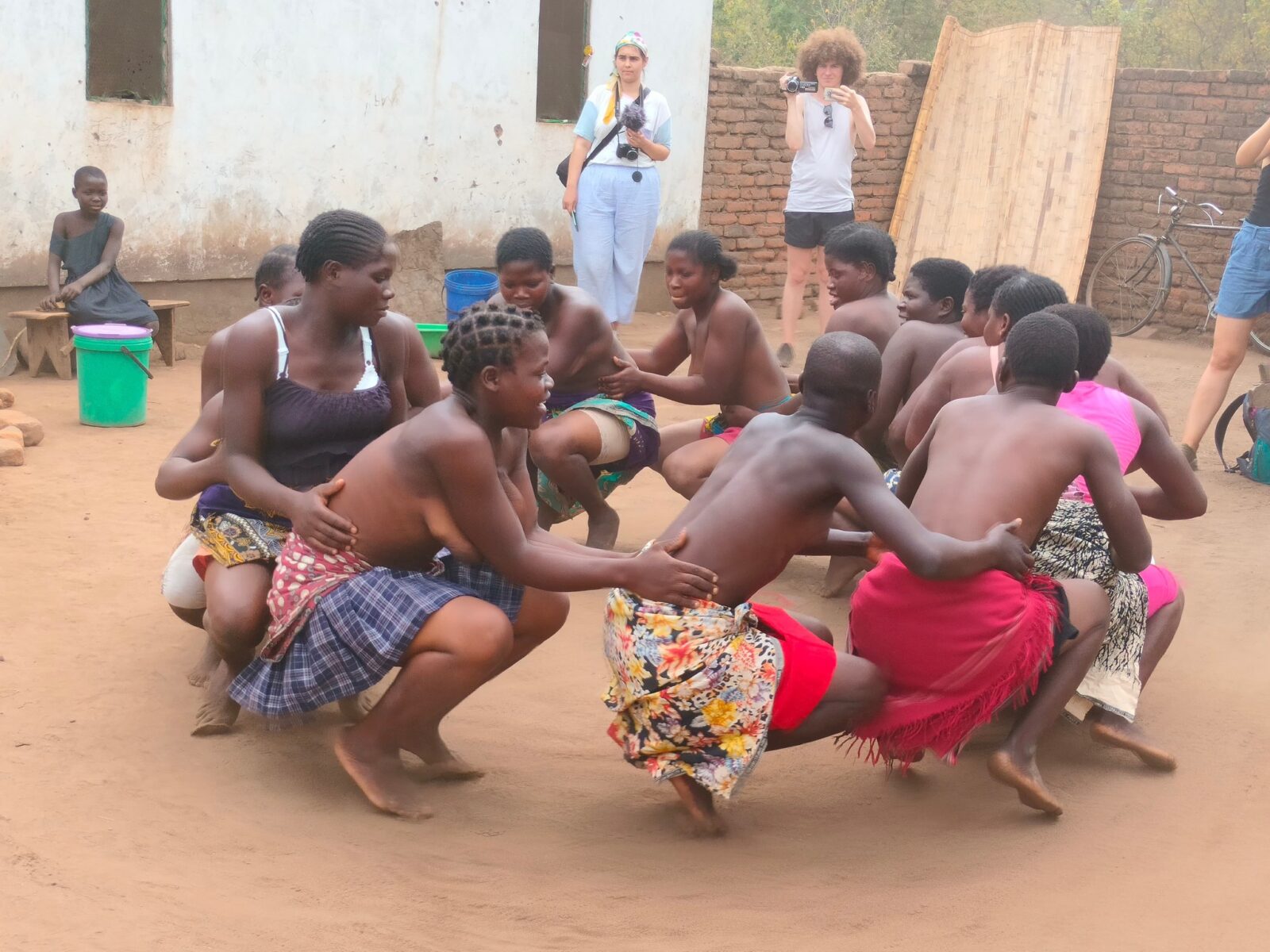
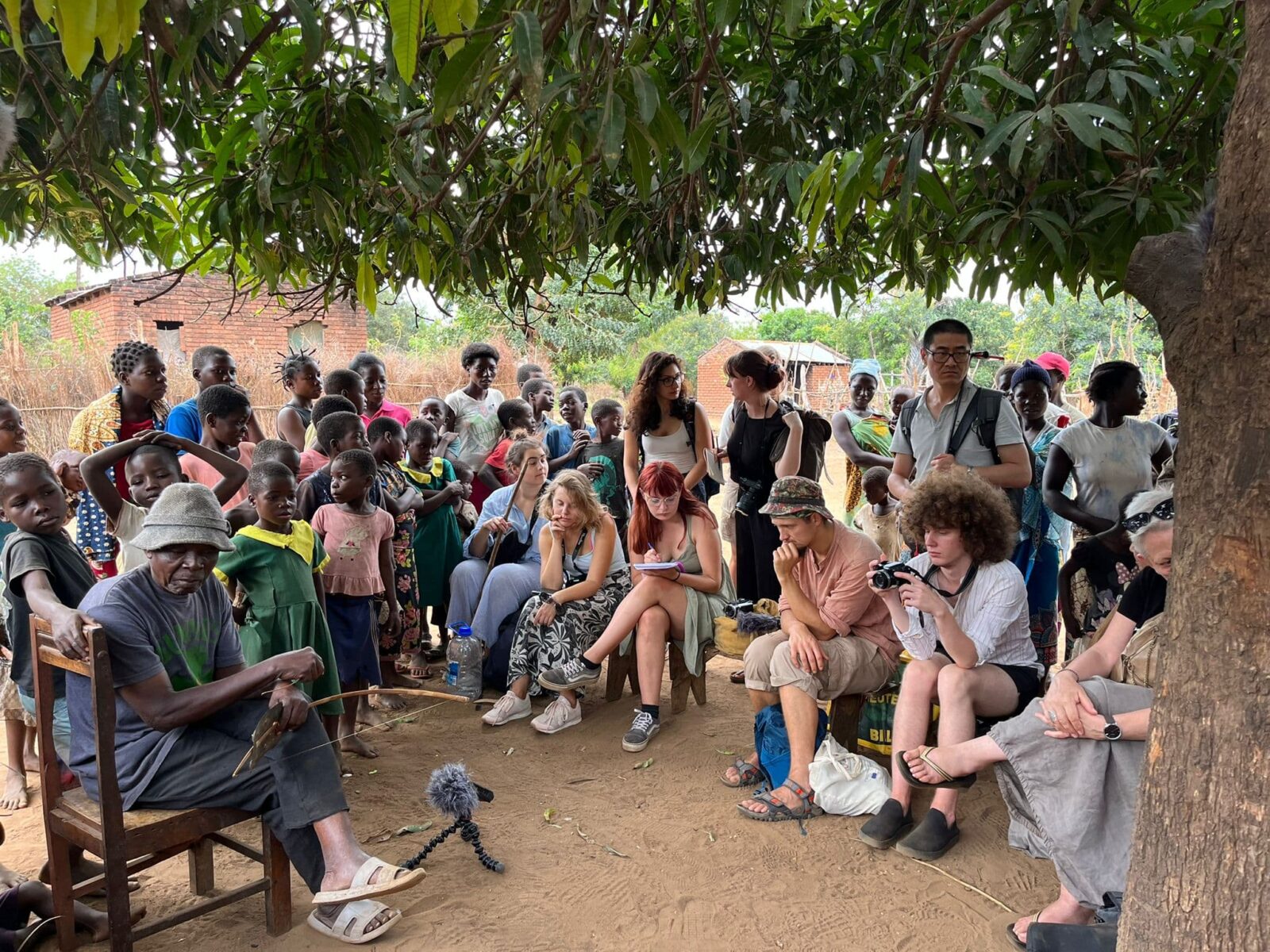
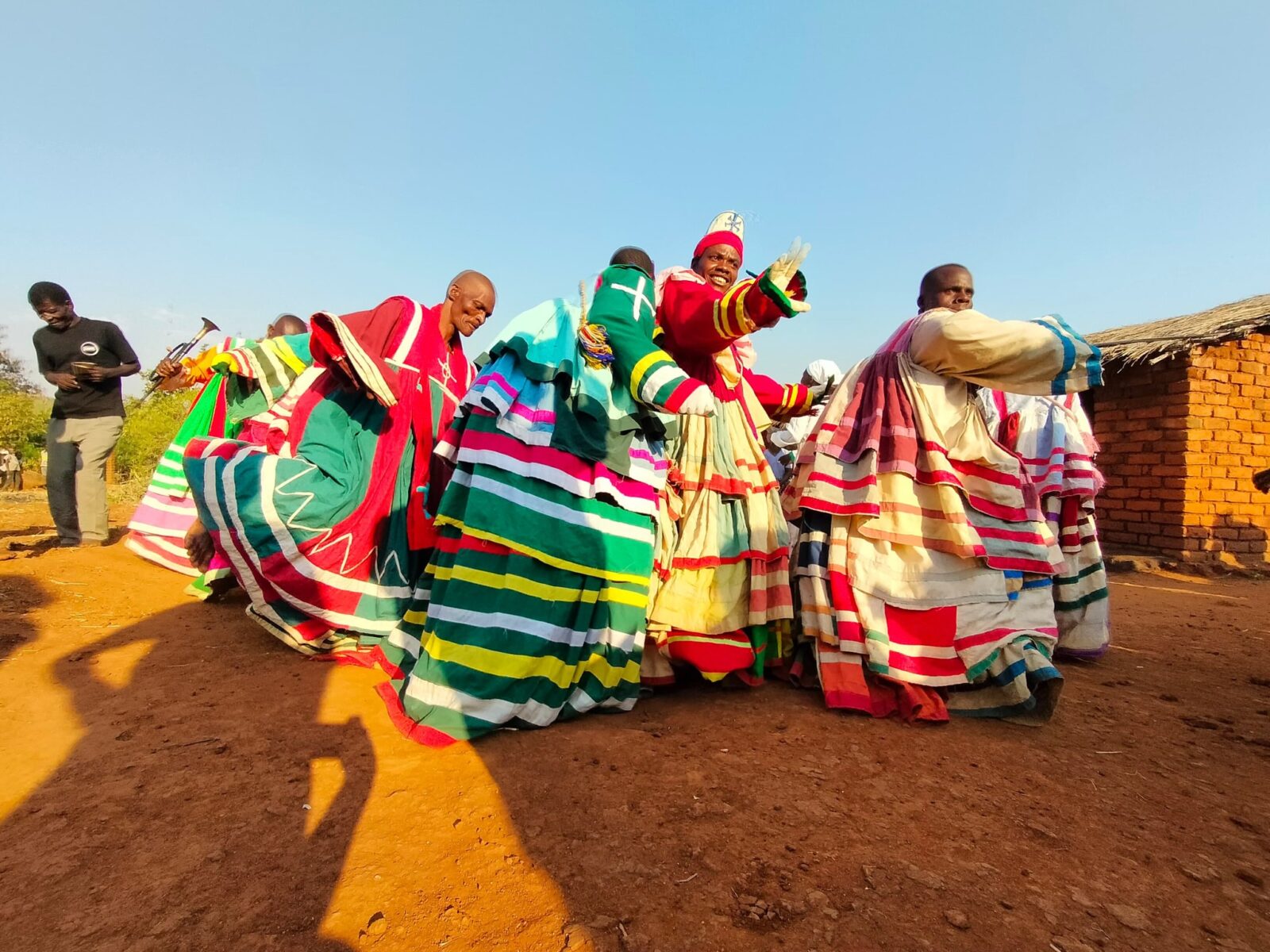

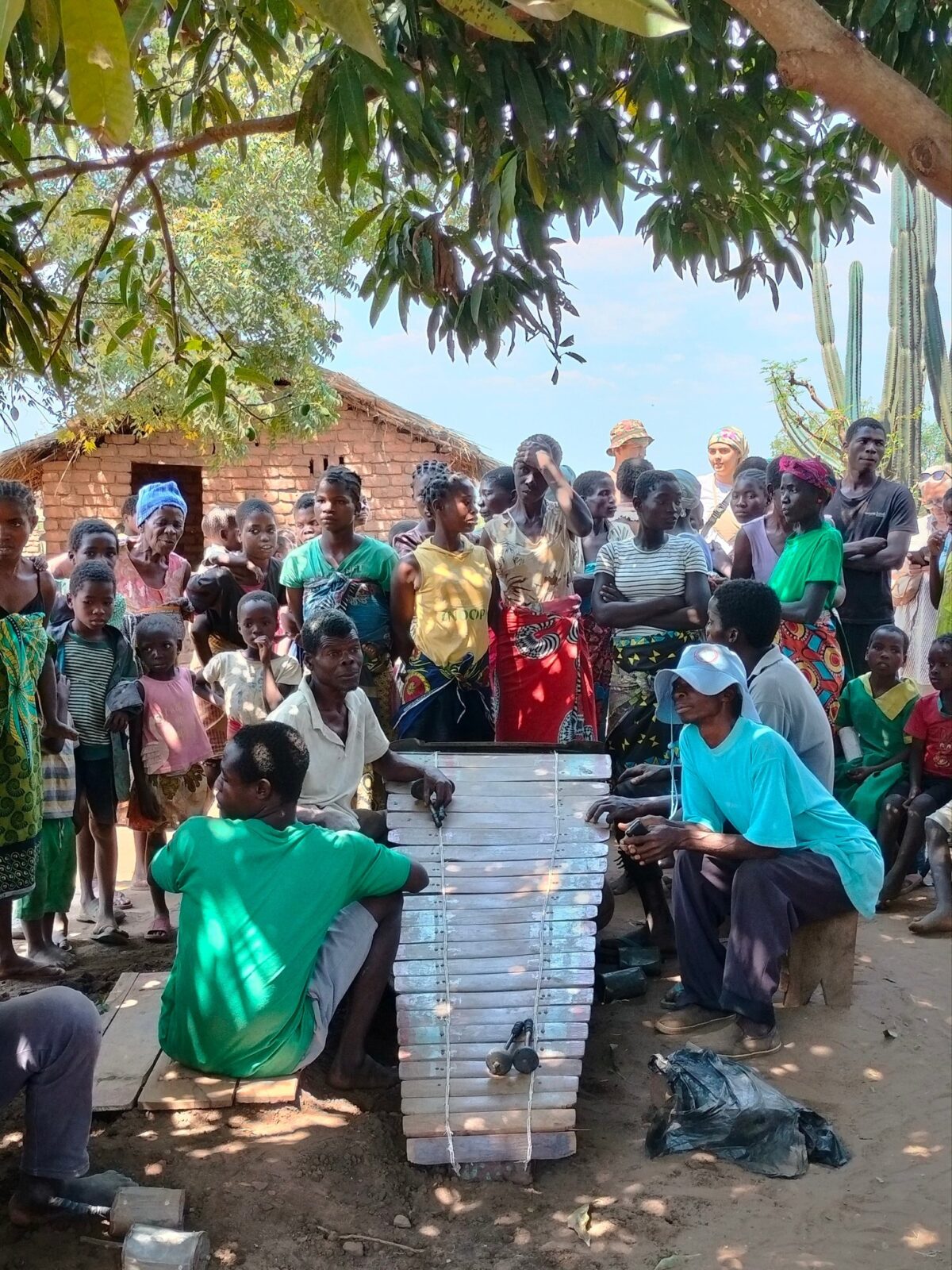
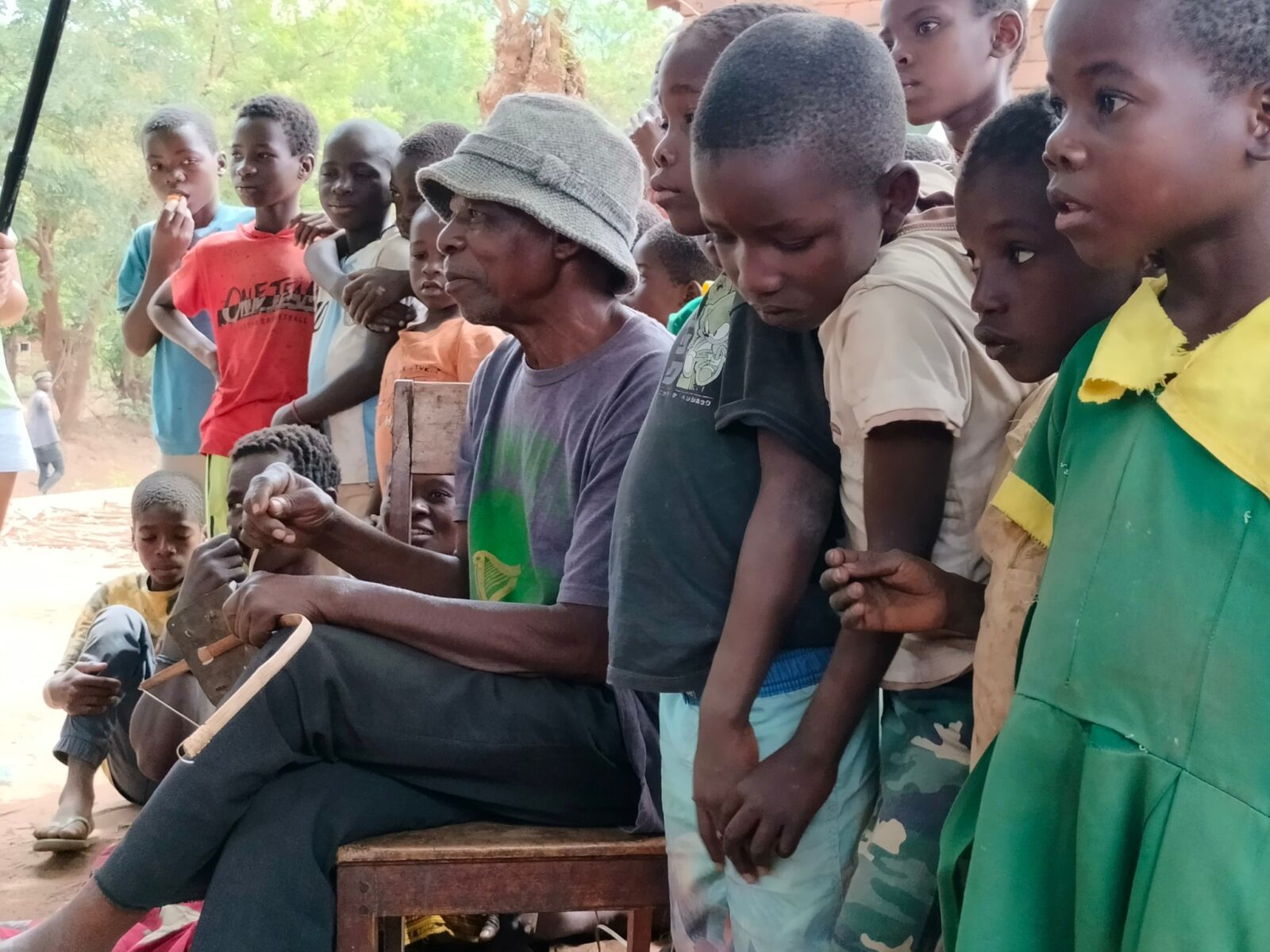
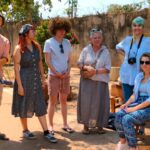
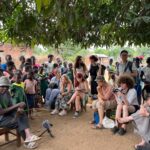
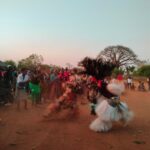
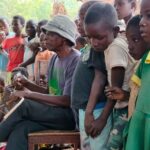
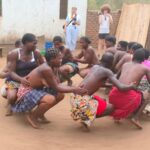
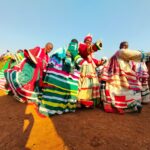
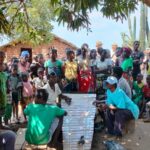
In Madagascar, you were alone with professor August Schmidhofer, which gave you more freedom and peace to conduct research.
We had the opportunity to extend our research, conduct interviews with artists and locals. We could organise our work more calmly, spend a few days in one place, ask the locals about their approach to life and rituals, due to which we were able to examine their culture and perspectives better. In Malawi, the research was more focused on creating good quality and reliable documentation. These recordings are now used in Vienna. Time management was also a crucial element of the project. Everyone had a particular role in the team, which had a positive effect on our research.
How does an ethnographer work in field research? What is their role?
An ethnomusicologist, before all, is a researcher, but also a photographer, an archivist, a sound specialist, a person in charge of the interview and arrangement. All that is connected to the role of a traveller. In our team we share these duties, so that everybody has their own role. We were able to do sound recordings, photography, filming and interviews at the same time and without any interruptions, which definitely facilitated our research.
How did the people react to the equipment you brought to the area of the research? Did you notice any tension or opposition on their part?
Field research is also a lesson on reading the room you enter. This is a skill that has to be learned – you cannot take out all the equipment at once, especially when you don’t know how the locals will react. Of course, if somebody is used to it, it’s ok, but you have to feel the situation in the conversation. Sometimes when we noticed somebody’s feeling uncomfortable with the equipment we retired some elements, for example we only recorded sound and somebody else took care of photography, when we focused on the interview. In most cases it wasn’t an issue, though. Our equipment was small and everyone had their own device. We didn’t have big cameras, that for example University of Vienna used; professional equipment with microphones, cameras, and a person responsible for filming. It was a significant difference, especially when it comes to the quality.
But this simpler form of documentation had its advantages. Our goal was to understand and delve into the culture, instead of create archival documentation, as is the case with professional research. We wanted to conduct interviews, observe rituals, and simply participate in events such as music festivals to see what it’s like in reality.
As an ethnomusicologic team you had the opportunity to participate in Famadihana – Malagasian funeral ritual. In your article titled „Dusza i duchy Madagaskaru”, recently published in Ruch Muzyczny, you describe this ritual in detail. It differs completely from Christian ceremonies. What stages does Famadihana have?
On Madagascar, one of the most important elements of culture is the cult of ancestors, which is present in every stage of life. It defines the rhythm of everyday life and the ancestors are constantly present – they do not disappear. Although Madagascar has various religions, such as Christianity and Islam, beliefs in the cult of ancestors are independent from them. People still participate in rituals such as Famadihana, because they are a part of the tradition concerning ancestors.
One of the examples is the Tromba ritual, in which a medium speaks with a ghost of the ancestor. This ghost can for example heal or give valuable advice. Another ritual is Famadihana, locally known as Okatrarana. After six or seven years, depending on the region, the remains of the deceased are dug up and a ceremony is conducted. The goal is to aid the ghost of the deceased in their journey to the other side, the afterlife. Before that, the ghost is between the worlds and can become a malicious spirit called lolo. After the ritual the deceased becomes a fully-fledged ancestor who can help their close ones.
It’s a cheerful celebration full of joy, which ends the period of suspension. The ceremony takes place on the cemetery and includes alcohol, dancing and singing. If the deceased person is a woman, it’s women who participate in the ceremony. They wrap the body in a cloth and donate gifts. Then the deceased is a man, it’s men who perform the ritual. Women then sing and dance in a different part of the cemetery. They are also responsible for the portrait of the deceased, which is shown throughout Famadihana. Interestingly, our presence was treated as an honour. The people of Madagascar were amused by us being there; however we felt slightly embarrassed.
What happens to the bodies? Are they buried or stored in a particular way?
During the ritual, the bones are literally taken out of a wooden coffin to a concrete one. This is a symbolic transfer from the world of the dead to the afterlife. Then the body is buried in a new grave, wrapped in a new cloth, and accompanied by various gifts such as perfume, alcohol, or money. In some places on Madagascar the body of the deceased is carried through the village, so the ancestor can see what has changed since their death – for example who got married, who built a house, or what events took place in the community.
A few hundred people participated in the ceremony, mainly close and extended family. The ceremony takes place only in the dry period, from June to September, regardless of the date of death; It is crucial that the ritual is performed during this period.
What musical instruments accompany the deceased on their way to the afterlife?
As one of our informants said, people are born, die, and go to the afterlife with music. They are accompanied mostly by dancing and singing of the whole group, but also drums and kayamba, a rattle made out of a tin. This is the accompaniment of the journey to afterlife, but it is also present during the ceremony itself.
Have you noticed how women are perceived by men and what roles they have in everyday life and rituals in Malawi and Madagascar? Are there feminine rituals? What does the role of women look like in their music – are they active participants, or is it a rather traditional role assigned to men?
In Malawi we often participated in initiation rituals related to puberty. Only women were allowed to enter the area where girls after their first periods learn how to be good wives. The rituals concern women as well as men. We were able to observe how boys, while preparing for their initiation ritual, run around the city in masks while screaming. These initiations are longer, it isn’t just a one-time thing. Girls are separated from their families for at least a month when they prepare for marriage.
What is especially noticeable, is a problem of early marriages in Malawi – some girls get married at 11-13 years old. We did see a case, where a 13-year old girl was a wife of a 95-year old man. This situation was a result of poverty – families often want to send girls away to ensure them any stability. 95-year old who will provide a house and food is seen as a good choice. Additionally, these girls often resign from schools, despite campaigns and advertisements which aim to prevent such marriages. I remember one of the ads that was especially powerful – on billboards there were slogans such as “give them books, not husbands”, and others encouraging protection of girls’ rights and prevention of early marriages.
Initiations in Malawi are prominent, but I also noticed there is a great disproportion in what women and men do when it comes to music. Not many women play instruments, they more often sing. In Poland it is currently changing, but in many places and groups there is a stereotype that playing instruments is a male domain, whereas women should sing and dance. In Malawi and Madagascar this division was visible – women sang and danced, and men played instruments. There were, of course, exceptions such as female professionals, but this trend was evident.
A zoomusicology question – during your field research in Madagascar you participated in the week-long Great Whale Festival, which takes place on Île Sainte-Marie during the humpback mating season. What was this experience like? How do humpback whales act during this period and can you spot any characteristic qualities in their “singing”?
The singing of humpback whales cannot be heard on land. It’s not a sound that reaches the shore. You can only hear the sound of the water, which they emit when they release air or swim by. We managed to come across these animals multiple times during our expedition. We embarked on a special boat trip to search for the humpback whales. Such trips are organised during the mating season of these animals, as they spend it in Madagascar. There even were special trips with hydrophones (microphones for underwater recordings). Unfortunately, we learnt that too late and we didn’t take our own hydrophones, which was a mistake – it hadn’t crossed our minds before, although listening to humpbacks was our main goal. Despite that, we managed to see them multiple times, and just their presence was incredible.
The nature of Madagascar is truly unique, as if you were transferred to a completely different world. I often think such places don’t exist anymore. Places with these animals, gardens, and all natural environment, which in Madagascar still is rich and awe-inspiring.
When it comes to animal sounds, we recorded lemurs’ singing – it was surprising. I never thought their singing would sound like this! We managed to capture a herd of lemurs, which started shouting. We were just about to leave the national park and we weren’t expecting to record them, as it is a technically difficult task. You have to be mindful of every move and wind, you should try to stay silent, as every sound can ruin the recording. We were a little disappointed because we did see a lemur, but we didn’t hear him, and then just above us they started to shout! We froze in amazement, trying not to move to make sure the recording is smooth. We made a hand-held recording, although usually a tripod is used. I was shocked at how loud it was, but we did it!
What is the Great Whale Festival?
The Great Whale Festival is a celebration of whales, but in reality is a pop music festival. As a part of this event that coincides with the period when whales are present close to shores, the people of the island organise a festival, where 18 ethnic groups living in Madagascar are presenting. To be honest, the festival kind of resembles European events such as Dzień Miasta – there are folk bands, or pop music stars who attract the biggest audience.
Is there a contemporary music scene targeted at more modern genres besides traditional and musical rituals? Can you come across artists, who create music in a contemporary style, maybe even experimental? Or maybe, do artists combine modern sound with traditional elements creating a fusion?
Madagascar used to be known for its well-developed music scene and record labels. Out of the African countries on our research list (Madagascar, Malawi, Uganda), the most prominent representative of the underground music scene of Africa is Uganda, where record labels are thriving, and contemporary music festivals such as infamous Nyege Nyege, are well-known in Europe. We stereotypically associate Eastern Africa with a lack of such music or its poor quality, but it is an absolute misconception – the whole of Africa, Madagascar included, has a well-developed and rich music scene. In the past, record labels in Madagascar were very popular, but due to the economic crisis their importance decreased.
There are places on Madagascar, where for a fee you can download music onto a pendrive – something like internet cafes, where you can illegally download files from Youtube, and you are able to choose a version with the music video or without it. In restaurants or other public places you can hear local radio or TV channels.
One of the artists who fuse Malagasian and pop music is Rosoanaivo Hanitravivo, who in 90’s and 00’s was very popular in Madagascar and abroad. In 2001 she appeared in Times magazine as one of the best bands from outside of the US. Rosoanaivo creates ‘world music’ and she toured around the whole world. Currently she owns Antshow Madagascar Arts and Cultural Centre in Antananarivo, where she supports local talents. Contemporary pop music is also popular in Madagascar, one of the examples being pop star Denise. Although her music is influenced by globalisation, her lyrics contain moral values characteristic of Magalasian culture.
Madagascar doesn’t lack clubs that host live music performances. These include both traditional Malagasian song performances and popular worldwide hits such as Final Countdown or songs of Queen. There is a difference between Madagascar and Malawi, which also has its own festivals, for example we participated in a reggae festival in Malawi.
The internet is expensive in Madagascar, so many people use traditional mediums such as CDs, which are available in stores. Many of these CDs are productions of popular Malagasian artists such as Wawa. National instruments like valiha (a stringed instrument) are used both in rituals and pop music, which makes the music of Madagascar unique.
Are you planning to return to Madagascar to continue research and do what you weren’t able to, like for example observation of humpback whales?
If any of us would like to continue the research on the topic they’re interested in, the way is pretty much paved. It’s very important, as we now know what to look for and where to look. We established some contacts and first international collaborations with the Catholic University of Madagascar in Antananarivo, which will help us in research if we decide to continue. That isn’t my goal currently – African studies isn’t my main subject of research, as I’m working on a doctoral thesis about Polish music.
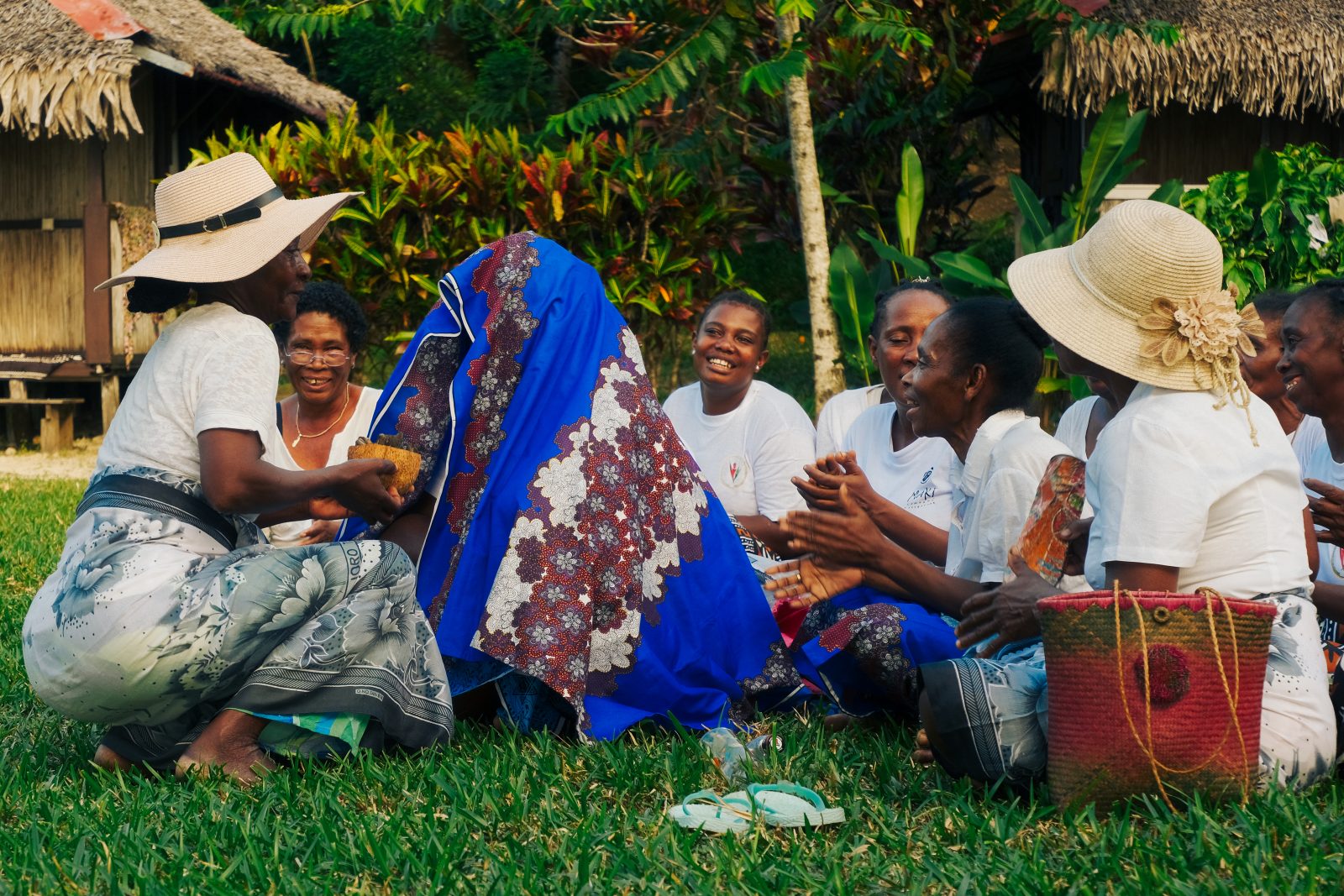

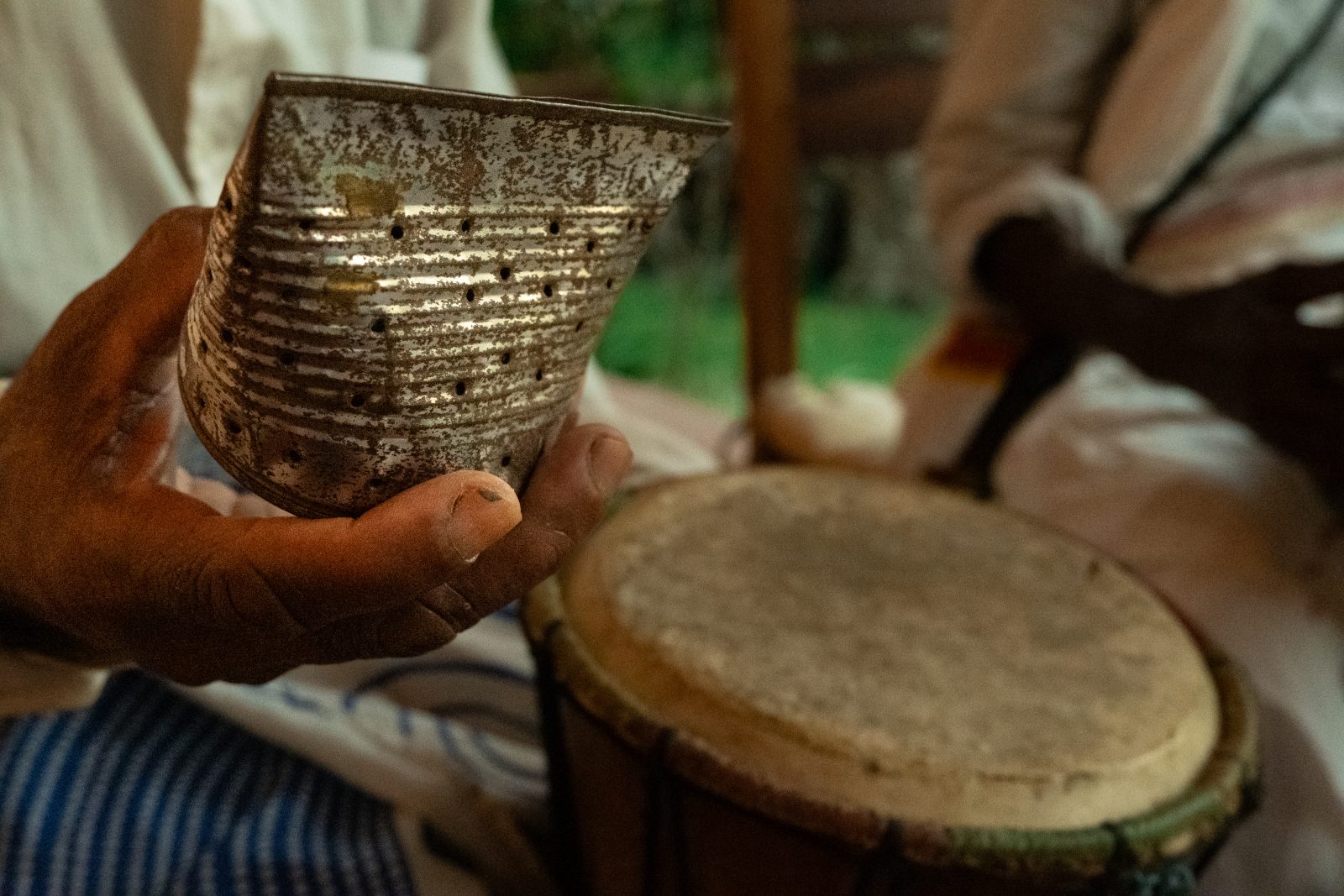
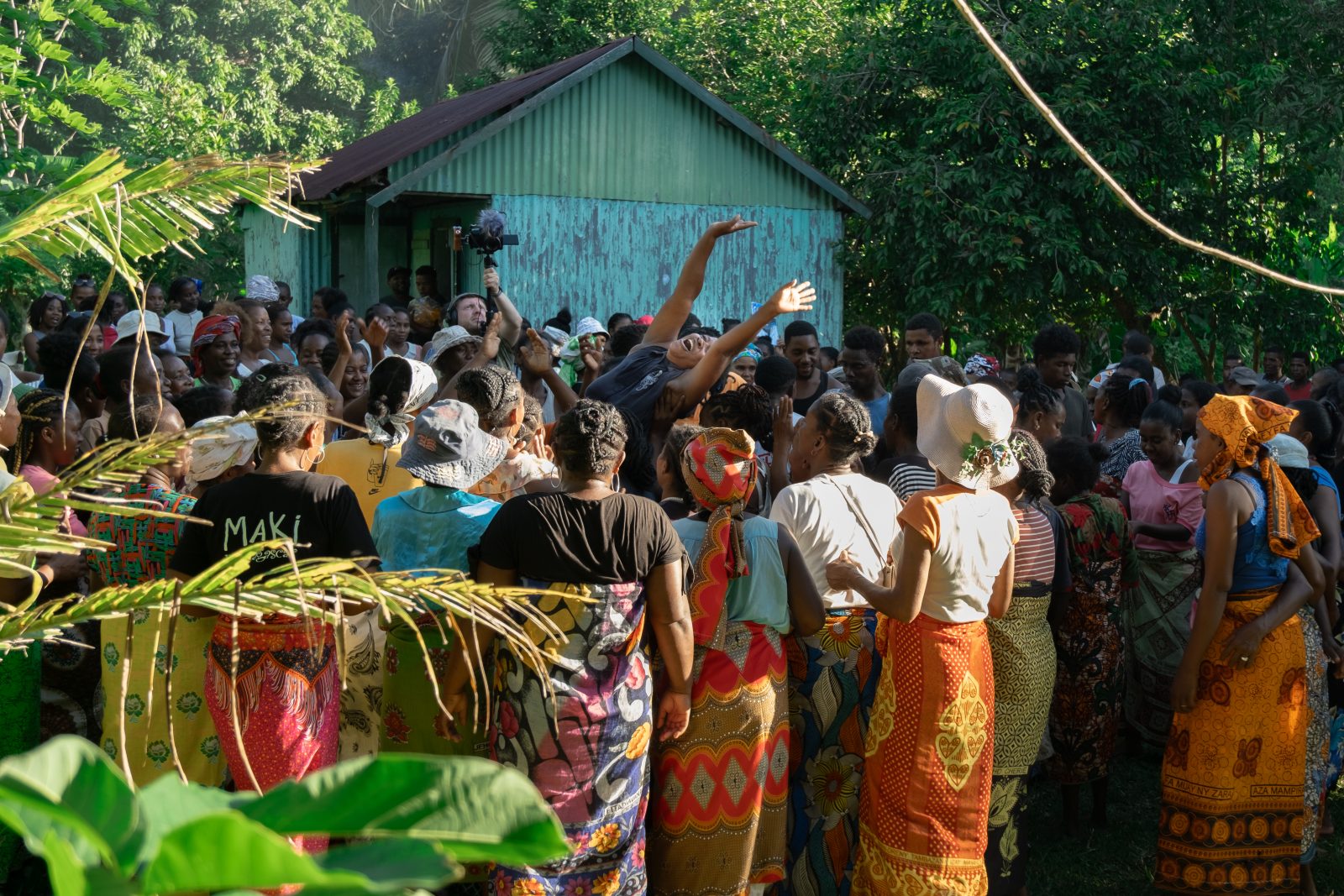
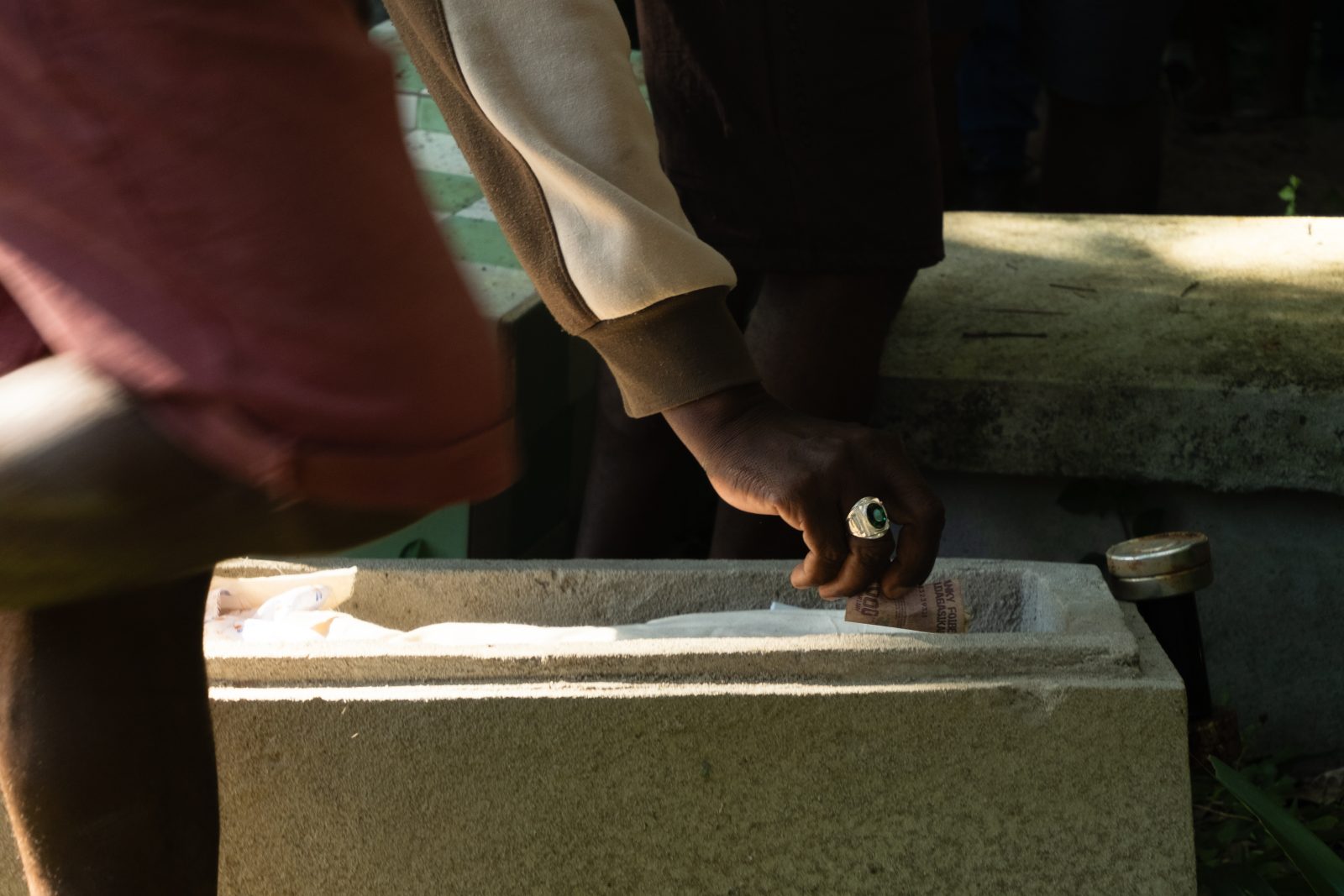
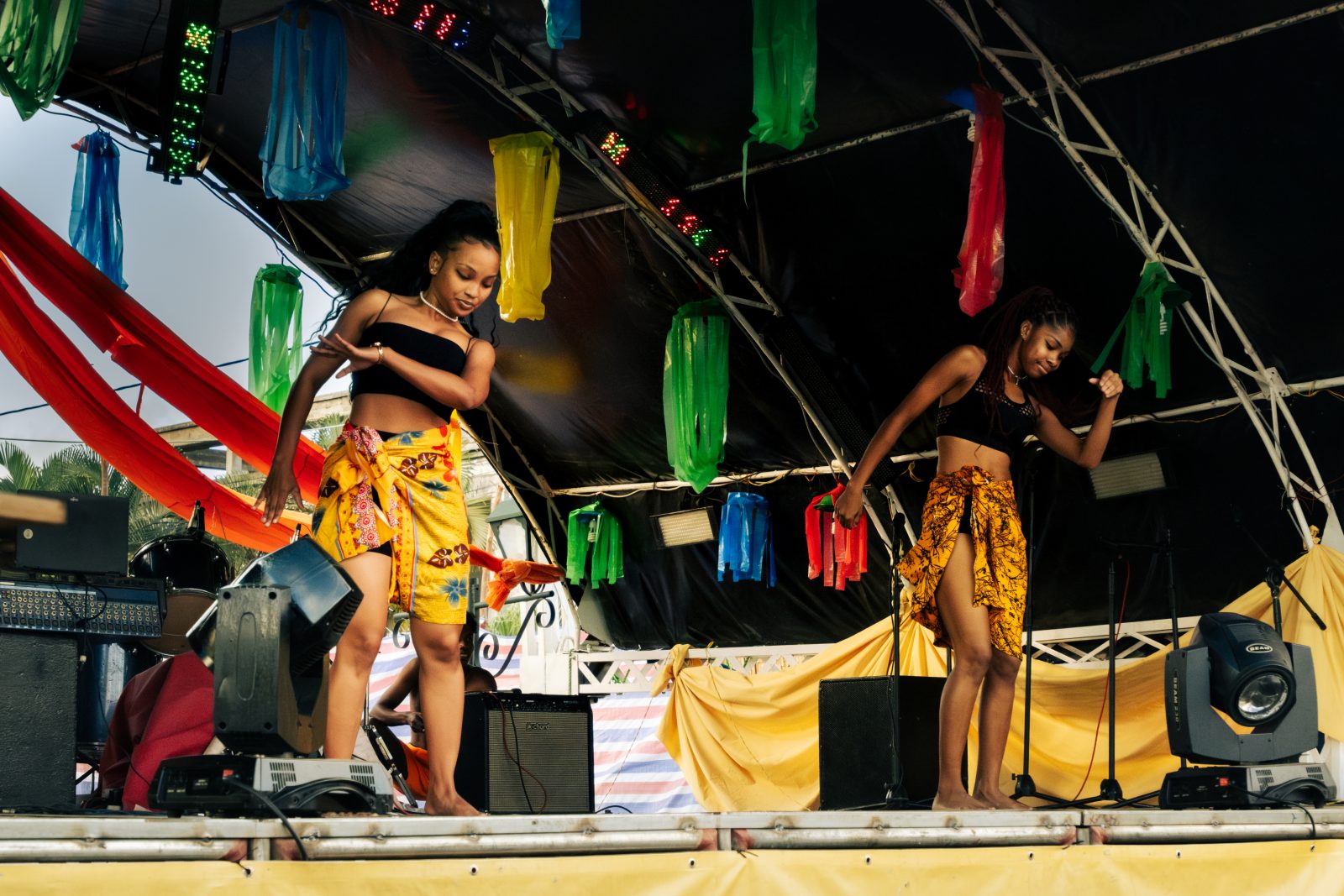
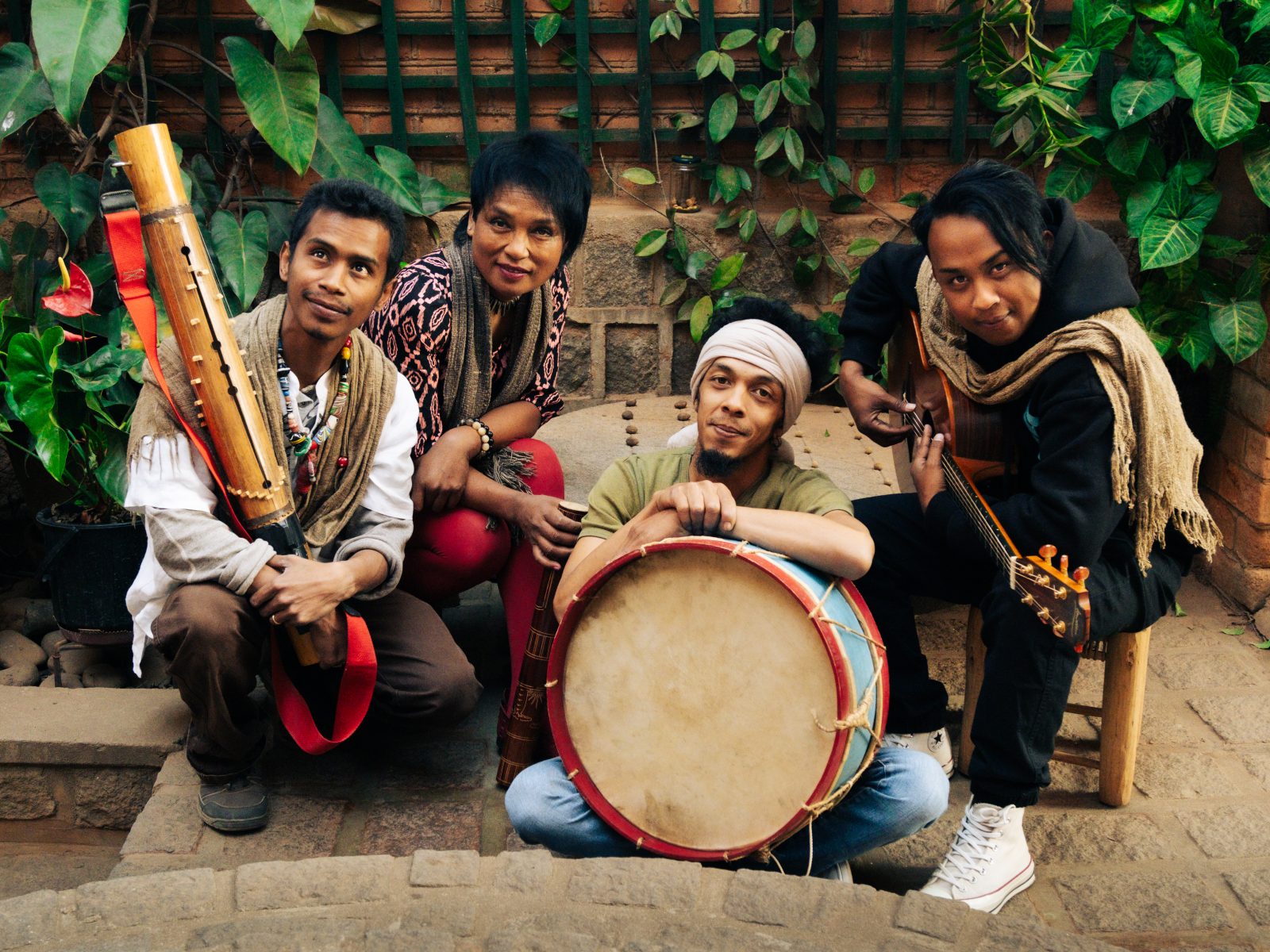
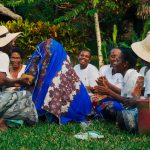
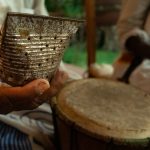
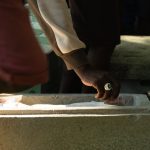
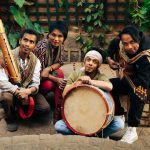
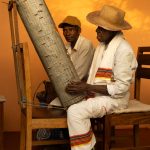
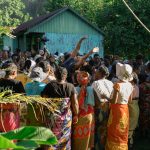
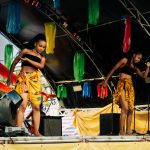
Do you have any academic dreams or places that you would like to research individually as an independent researcher?
I’ve been fascinated by Asia, especially Japan and Japanese music. I’ve studied Japanese in the Antique and Oriental Language School of the University of Wrocław. I was also a speaker at the Sakura festival and from time to time I do lectures on Japanese music at conferences. It’s one of my main ethnomusicological interests. Japan is a huge source of inspiration for me – I listen to a lot of Japanese city pop from the 80’s, among other genres. This topic really excites me and in the future I would love to conduct research on that.
Today we are celebrating International Women’s Day. When you think about “women in the world of music’. Who do you think of? Do you have your favourite artist, composers, instrumentalist that you listen to? Maybe someone connected to film score, whose aesthetics you like? Or are there any groups of women who inspire you? Any female researchers, who you follow or who made something significant and had a great impression on you?
I am currently fascinated by compositor Pauline Oliveros. who also turned out to be an author of fascinating essays in a book titled “Software for People”. I am all over again discovering her approach to different matters and her unique sense of humour, which makes her stand out. What strikes me is her ability to transcend her times, making her work still incredibly significant.
Besides that, there are many researchers connected with my specialty, for example Pirkko Moisala and Ellen Koskoff, who wrote about feminist musicology. I couldn’t forget Margaret Mead, who as one of the first female anthropologists devoted herself to studying gender and sexuality.
There is also many Polish composers, who we wrote about in the 42nd volume of Glissanda titled “Generacja” [eng. Generation]. This volume, which I was the main editor for, covers the topic of the youngest generation of Polish composers dividing into two parts: critical essays, and showcases of their works as compositors, written by themselves. This way we created an interesting representation of Polish creators. It is worth to mention, for example, a compositor from Wrocław Agata Zemla, who in her works expands on the topics of nature.
Translated by Nergis Dogan (student of English Studies at the University of Wrocław) as part of the translation practice.
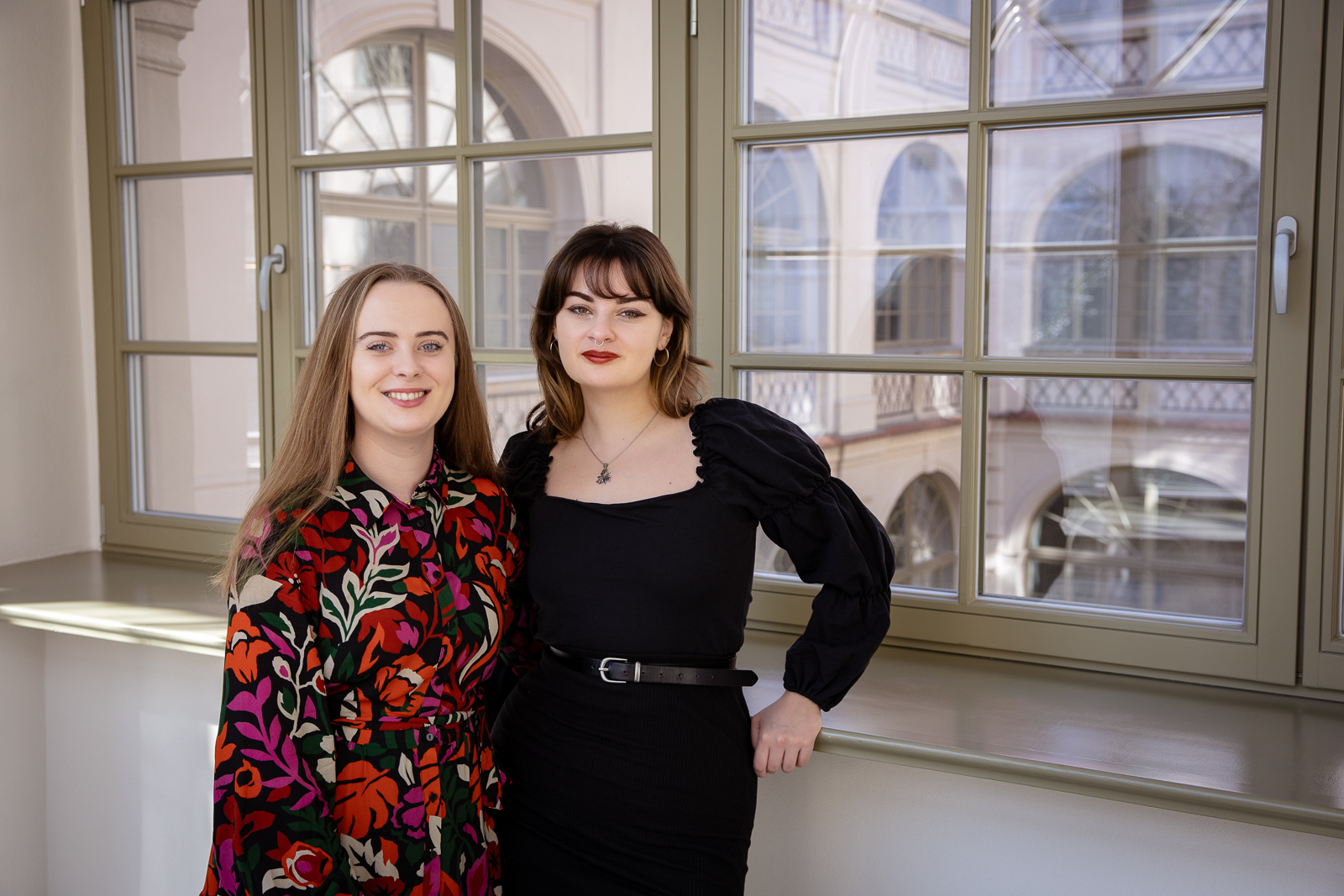
Date of publication: 07.03.2025
Added by: M.K.



